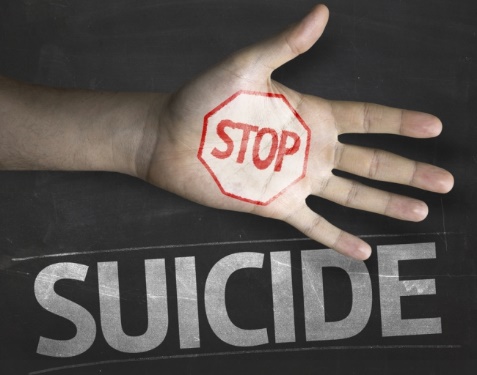Implications for Adolescents Based on an Illustrative Review of the Literature
 I came across an interesting article, recently, discussing one such area of misinformation. With a multitude of studies being conducted regarding the effectiveness of suicide prevention programs, one of the biggest concerns coming to the surface of these studies is the recognition that there appears to be a gap in program guidelines in understanding how gender plays a role in suicide prevention.
I came across an interesting article, recently, discussing one such area of misinformation. With a multitude of studies being conducted regarding the effectiveness of suicide prevention programs, one of the biggest concerns coming to the surface of these studies is the recognition that there appears to be a gap in program guidelines in understanding how gender plays a role in suicide prevention.
Some of the noted concerns that come up when looking at the suicide statistics of youth is the lack of male participation versus female participation, in suicide prevention programs. Whether it be via a community-based program, a health-based program, school-based programs, Crisis Centers, Hotlines, PSAs or media campaigns, the outcomes point to a clear difference between male responses to these methods as opposed to the female response.
While all of these programs have been shown to be effective, if looking at numbers only, when looking at the statistics of who is being positively affected we see that females are far more successfully responsive to virtually all types of suicide prevention programs. “….. within school-based programming, females seem to be more willing to engage in communication, gain more knowledge from curricula, and show more concern for at risk peers. Males seem to be more reluctant to disclose self-injurious behaviors and do not favor active involvement in suicide awareness curricula; however, one study provided evidence that males can benefit from school-based programming. Anonymity in divulgence of suicidal intent may present a more appealing means of outreach. School-wide screening may be promising in recognizing self-injurious behavior in men.”
While further research is necessary to understand how suicide prevention can be more effectively administered towards males we cannot lose our momentum in maintaining and progressively working to increase the awareness of preventing suicide-related behavior in schools. To that end, I would encourage schools, districts, youth-serving organizations and personnel to actively seek out Youth Suicide Prevention Programs, classes and workshops, as well as Youth Mental Health First Aid classes, many of which are offered through the NWESD. These programs and classes deal with child and youth depression, anxiety and suicide and will give you great insight in learning the warning signs, risk factors and intervention strategies when dealing with youth.
To read more on the gender differences in suicide prevention responses please click on this link.


